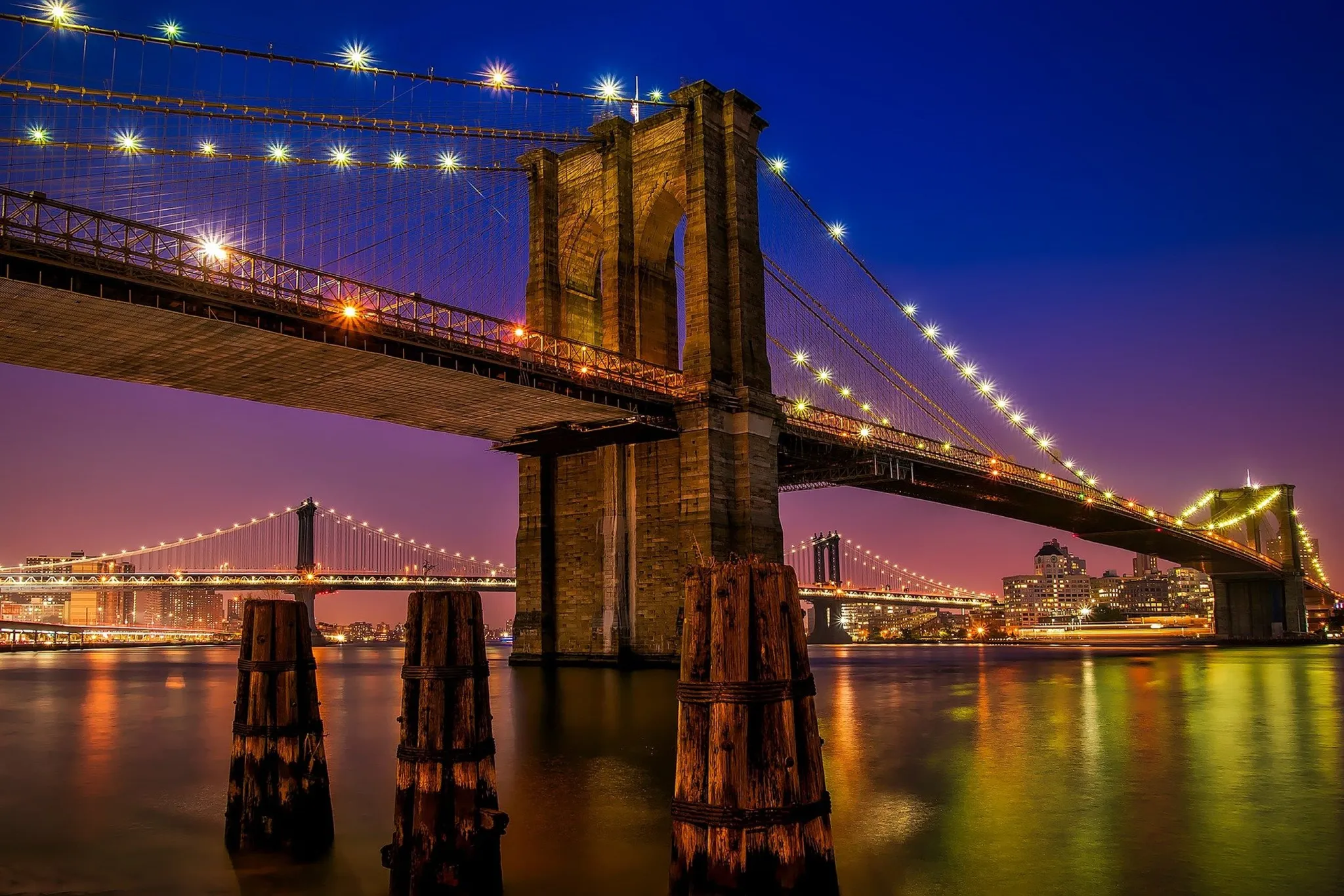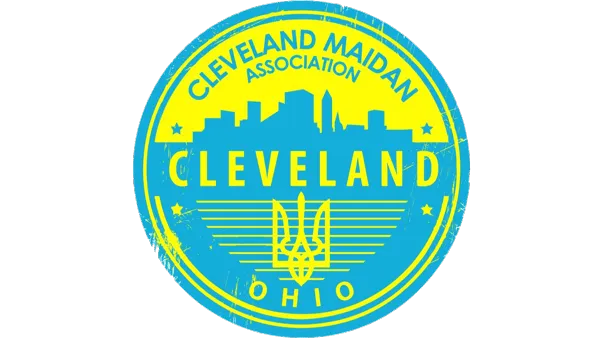The Brooklyn Bridge is more than just an engineering structure. It is a living legend of New York City, embodying greatness, ambitions, and the spirit of the city that never sleeps. Its elegant Gothic towers, intricate system of steel cables, and breathtaking views of Manhattan’s skyscrapers have long been a hallmark of the metropolis. The bridge connects two historic districts — Brooklyn and Manhattan — and at the same time links the past with the present, engineering innovation with art, transportation necessity with tourist attraction.
Opened on May 24, 1883, the bridge became a real sensation of its time. It was the first bridge in the world to use steel cables and, at that time, the longest suspension bridge ever built. The idea of creating such a structure arose out of necessity — ferry service between Brooklyn and Manhattan was unreliable due to weather conditions. Engineer John Augustus Roebling designed the project, which was later realized by his son Washington Roebling and tireless Emily Roebling, who played a key role in completing the project when her husband was unable to oversee the construction due to illness.

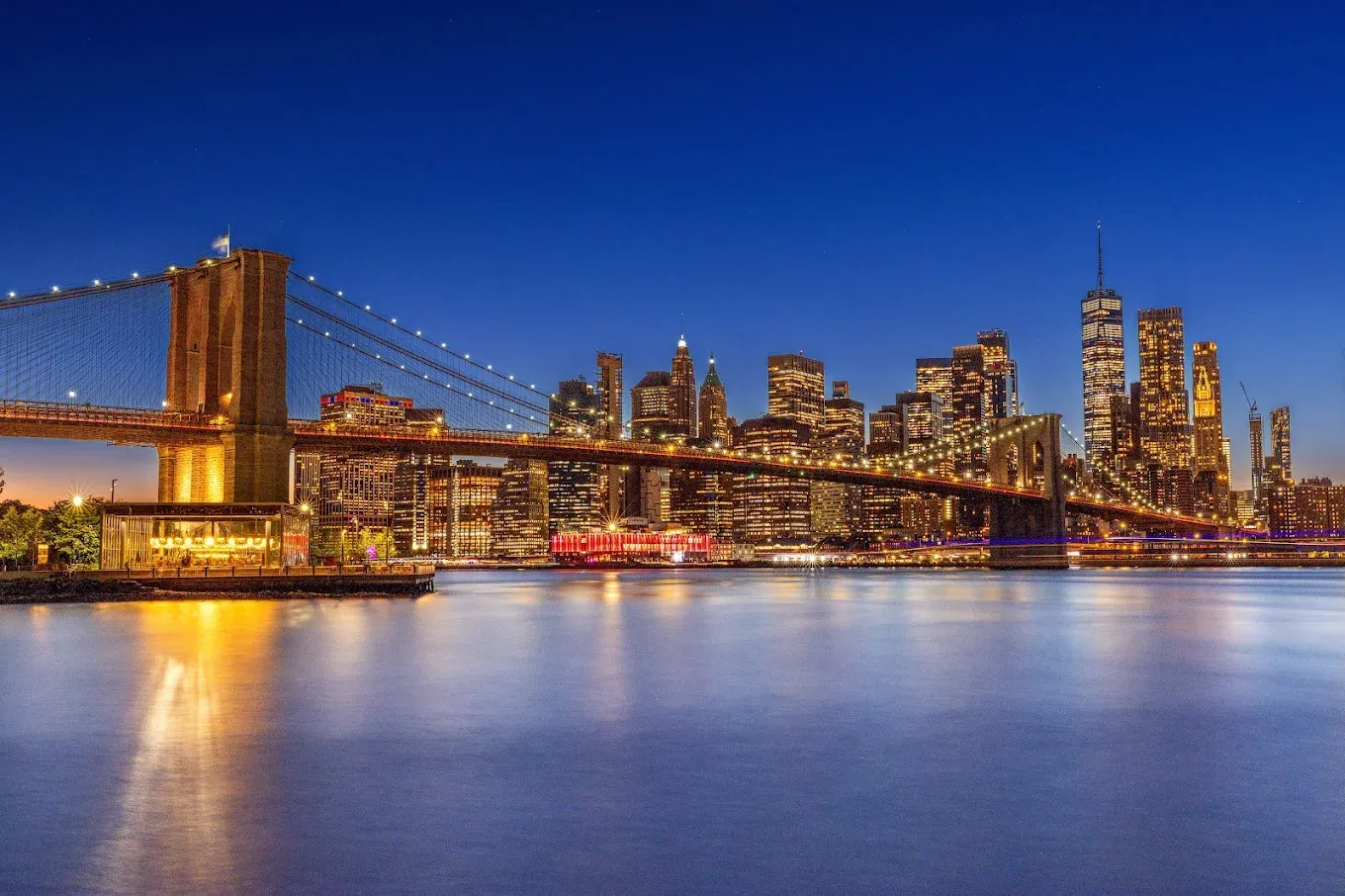
The construction of the bridge was fraught with difficulties. Workers operated in caissons — airtight underwater chambers, leading to numerous cases of caisson disease. The tests the team endured only enhance the uniqueness and symbolic significance of the structure. The bridge became a symbol of engineering bravery, human dedication, and belief in the impossible.
From an architectural perspective, the Brooklyn Bridge is a suspension bridge with two massive Gothic stone towers and a system of steel cables. Its total length is 1,825 meters, with the main span measuring 486 meters. It was a real engineering revolution for the 19th century. Each of the four main cables is made up of over five thousand individual steel wires. In addition to its aesthetic significance, the bridge also has practical value — its double-deck design allows for the separation of traffic flow and zones for pedestrians and cyclists. Today, the upper level is filled with people strolling, taking photos, or simply admiring the metropolis from above, while the lower level accommodates thousands of vehicles daily.
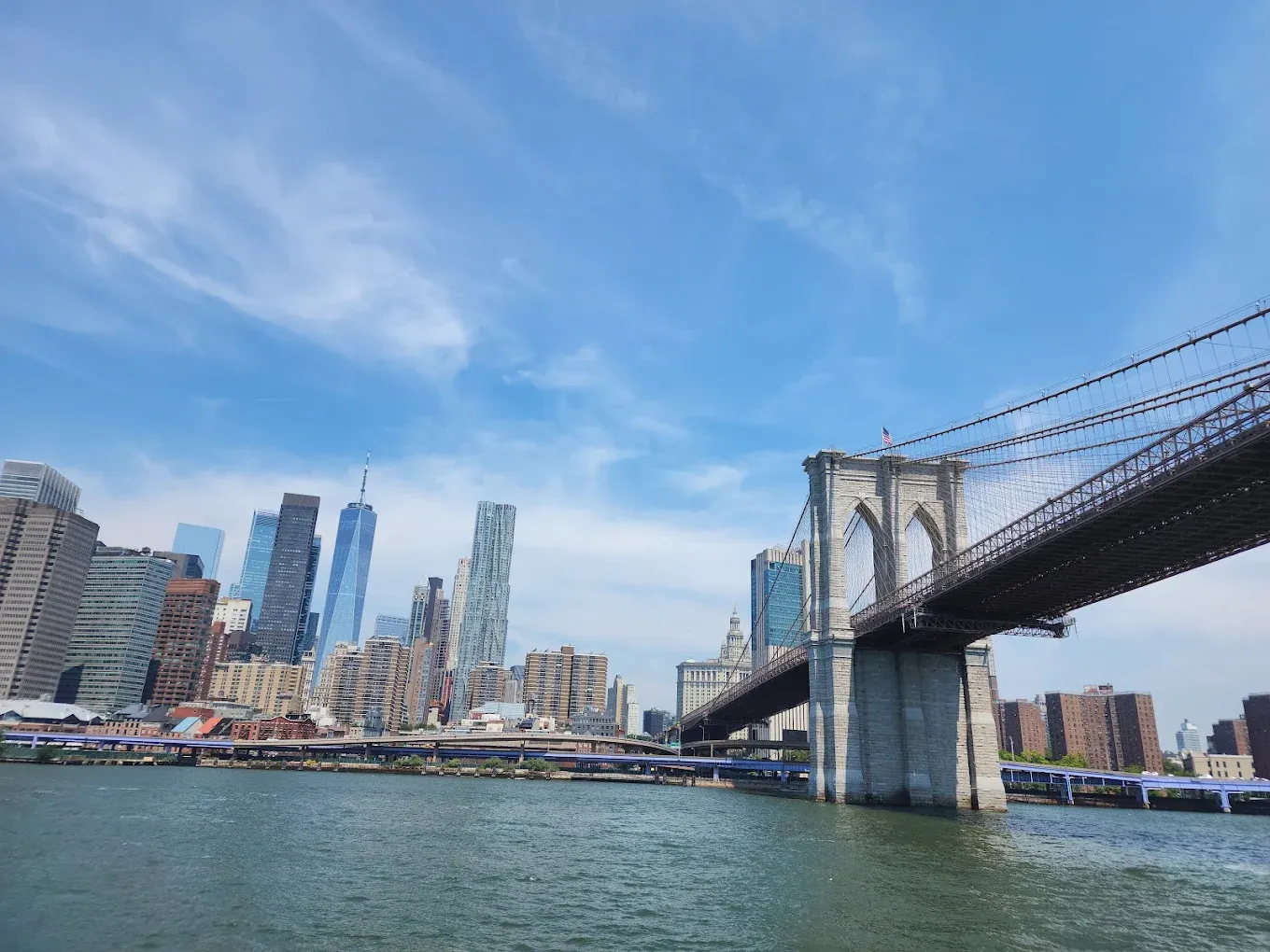
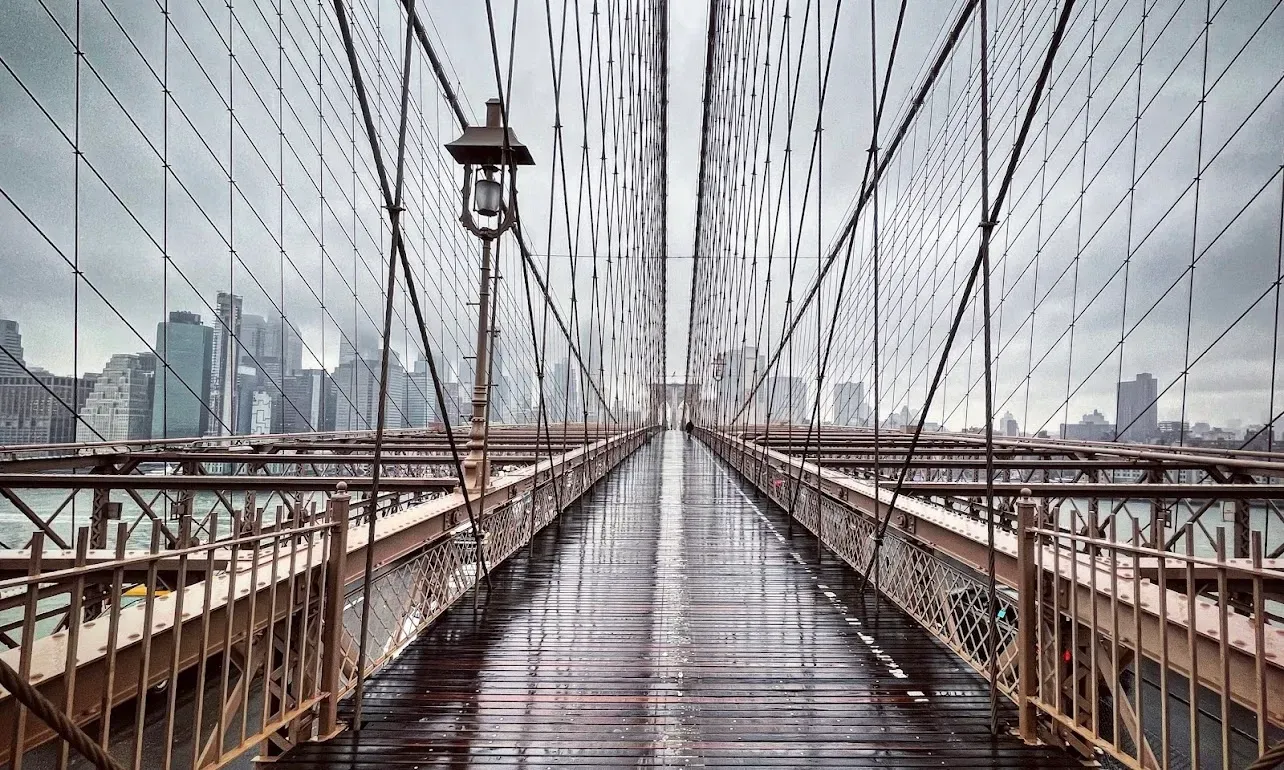
Interestingly, initially many city residents doubted the strength of the structure. To dispel these fears, Barnum's company conducted a parade of 21 elephants across the bridge. Such a spectacular test convinced even the most skeptical. The bridge has repeatedly been featured in films that have become classics, including “Godzilla,” “Spider-Man,” “Breakfast at Tiffany’s,” and “I Am Legend.” One of the basement chambers integrated into the bridge’s foundation once stored wine and champagne — a unique detail highlighting the multifaceted nature of this structure.
Today, the Brooklyn Bridge is not just a piece of infrastructure but a true tourist magnet. Walking across it is a chance to experience the real New York. On a clear day, stunning vistas open from the bridge to the Statue of Liberty, East River, Lower Manhattan, and the atmospheric DUMBO district. The most enchanting view of the bridge is at dawn or sunset, when the city slowly bathes in soft light, and the metropolis’s lights begin to shimmer over the river surface.

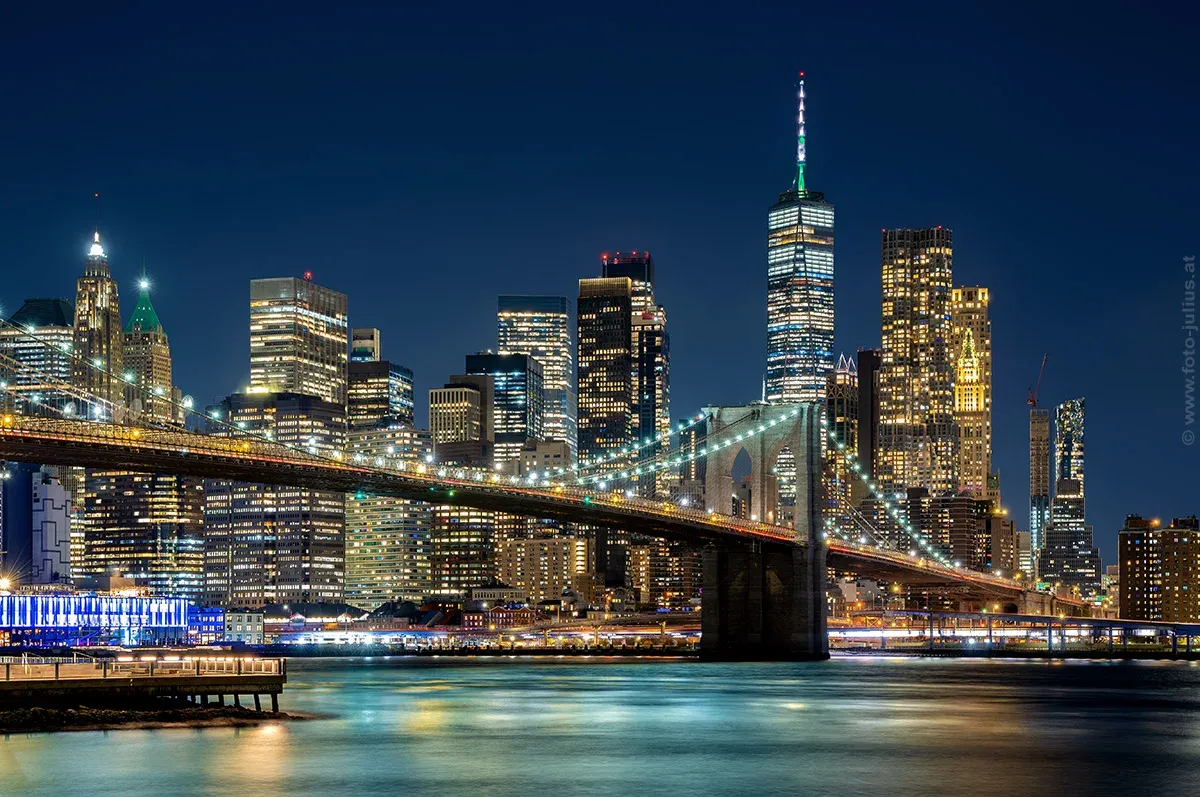
Union of shores — that’s not all the Brooklyn Bridge does; it also unites stories, eras, and destinies. It is a symbol of a dream that became a reality through perseverance, technical genius, and faith in oneself. It will remain a recognizable silhouette on the New York horizon and a source of inspiration for everyone passing by on foot or simply watching it from the riverbank.
